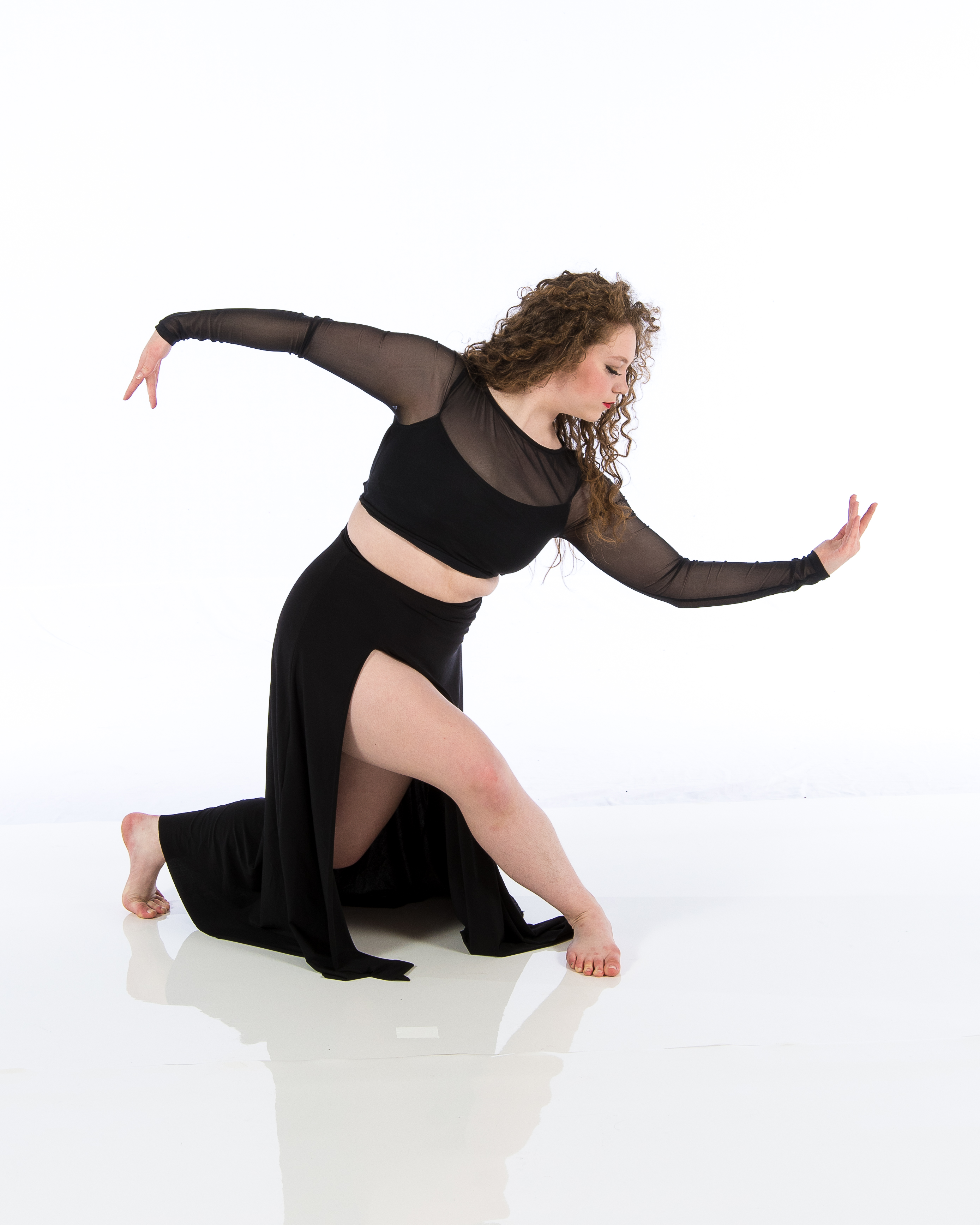Introduction
In the vibrant world of dance, the studio environment plays a crucial role in shaping not just the techniques but also the emotional and social dynamics of dancers. Embracing Change: Transitioning Between Different Types of Studios is more than just a buzzword; it encapsulates a journey that every dancer, instructor, or studio owner may experience at some point. Whether you’re moving from a small community dance studio to a larger professional facility, or transitioning from one style of dance to another, the change can be both exhilarating and daunting.
This article aims to delve deep into the nuances of such transitions—understanding how to navigate them effectively and embrace the opportunities they present. From recognizing the different types of studios to discussing practical strategies for making smooth transitions, we’ll cover it all. So grab your dancing shoes; we’re about to hit the floor running!
Understanding Dance Studios
What is a Dance Studio?
A dance studio is essentially a space designed for various forms of dance practice and instruction. It typically includes features like mirrors, wooden floors, and sound systems tailored for movement art.
But wait! Did you know that there are various types of dance studios catering to dance classes different styles? Let’s break this down.
Types of Dance Studios
Community Dance Studios- These are often local facilities offering classes for all ages and skill levels. They tend to focus on inclusivity and community involvement.
- Aimed at serious dancers who aspire to pursue careers in dance, these institutions offer rigorous training in various styles.
- Focused on specific genres like ballet, hip-hop, jazz, or contemporary dance.
- These studios blend dance with fitness routines like Zumba or Dance Cardio.
- With advancements in technology, many studios now offer online classes that allow dancers to train from home.
Choosing the Right Type for You
So how do you choose which type suits your needs?
- Assess your goals: Are you dancing recreationally or aiming for a career? Consider your location: Is there a community studio nearby? Check out their offerings: Do they provide the style you want to learn?
Embracing Change: Transitioning Between Different Types of Studios
Transitioning between studios can be an emotional rollercoaster filled with excitement and nerves. It’s essential to remember that this change can serve as an opportunity for growth rather than something intimidating.
Why Transition?
Broadening Skillset- Learning different styles opens up new avenues for creativity.
- Each studio has its unique community; transitioning allows you to meet new people.
- A new environment can push you out of your comfort zone, making you grow as a dancer.
Steps for Smooth Transitions
1. Reflect on Your Current Situation
Before making any changes, take time to evaluate your current studio experience. What do you love? What could improve?
2. Research New Options
Don’t just jump into any new studio; make sure it aligns with your goals and values as a dancer.
3. Visit Classes
Most studios offer trial classes; take advantage of these opportunities!
4. Communicate Openly
If you're leaving one studio for another, have an honest conversation with your current instructors about your decision.

5. Stay Positive
Change can be hard but keeping a positive mindset will ease the transition process significantly.
The Emotional Aspect of Changing Studios
Feeling Anxious? That’s Normal!
It's completely natural to feel anxious when transitioning between different types of studios. You might wonder if you'll fit in or whether you'll be challenged enough in your new environment.
Building Confidence Through Preparation
Preparation is key! Attending workshops or even practicing at home can boost your confidence levels before stepping into that new space.
Creating Lasting Connections in New Environments
Networking Tips for Dancers
Attend Social Events- Many studios host parties or showcases—don't shy away from participating!
- Working together on projects fosters camaraderie.
- Follow fellow dancers and studios online; it creates a sense of community beyond physical walls.
- Smile and introduce yourself; you'd be surprised how far friendliness goes!
The Role of Instructors During Transitions
Being Supportive Educators
Instructors play an essential role in easing transitions for students moving between studios or styles:
- They should encourage open dialogue about students' feelings during this time. Offering personalized feedback can help dancers feel valued and understood.
Adapting Teaching Styles
Instructors must remain flexible when students come from different backgrounds:
- Understanding varied terminologies Adjusting lesson plans according to student skill levels
FAQs
1. How do I know when it's time to change studios?
When you feel stagnant or unchallenged in your current setting, it might be time for a fresh start!
2. Is changing studios going to affect my progress?
Not necessarily! Sometimes change stimulates growth and offers new perspectives on learning.
3. Can I still stay connected with my old studio after moving?
Absolutely! Maintaining relationships through social media or attending events keeps those connections alive.
4. What should I look out for when choosing a new studio?
Focus on their reputation, teaching methods, class availability, and community vibe!
5. How do I handle leaving my current instructor?
Be honest but respectful; express gratitude while explaining why you're pursuing another option!
6. Are virtual classes effective compared to traditional ones?
They can be incredibly effective! However, hands-on guidance is often beneficial too—find what works best for you!
Conclusion
Embracing Change: Transitioning Between Different Types of Studios might seem overwhelming initially but remember it's all part of personal growth as a dancer—and possibly as an individual too! Keep an open mind throughout this process because every experience contributes uniquely to your artistic journey.
Whether you're stepping into a bustling professional school or joining an intimate community space filled with local dance classes familiar faces, each transition presents opportunities worth exploring! After all, dance isn't just about movements—it's about connections made along the way! So lace up those shoes—your next adventure awaits!